Natural Solution Restores High RAP Performance
BY Sandy Lender
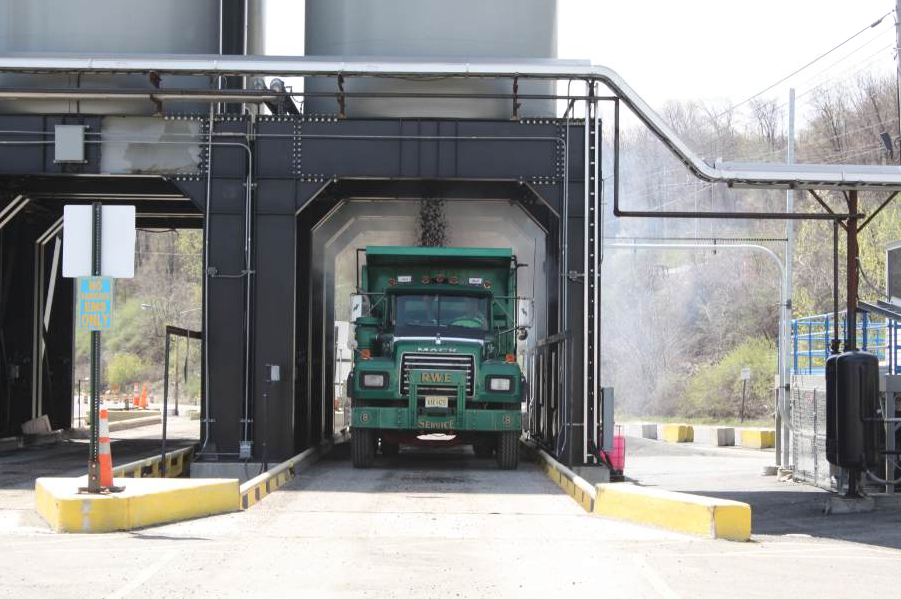
When a liquid binder has a high degree of ductility, the mix designer is able to mold and shape it more easily than when the bitumen has a low degree of ductility. When a liquid binder has a high degree of brittleness, it is more likely to “break” than when it has a low degree of brittleness. These two states of being are not mutually exclusive behavioral characteristics, but they are seen in varying rates depending on the level of oxidation that has taken place in an asphalt pavement. When the goal of improving environmentally sustainable paving practices, such as the use of high RAP mixes or in-place recycling methods, takes on either state of being, the surprising concept of molecular psychology provides a unique platform for natural solutions. Specifically, it provides the team at Collaborative Aggregates LLC, Wilmington, Massachusetts, a product and process for introducing a benign restorative agent to asphalt mixes.
If you find all of that pretty deep, you’re not alone. Let’s dive in together with the partnership of Tilcon New Jersey in Wharton, and Rutgers University’s Center for Advanced Infrastructure and Transportation (CAIT) in New Brunswick, to make sense of it, and to see how this trifecta of sustainable thinkers works to rejuvenate aged asphalt binders.
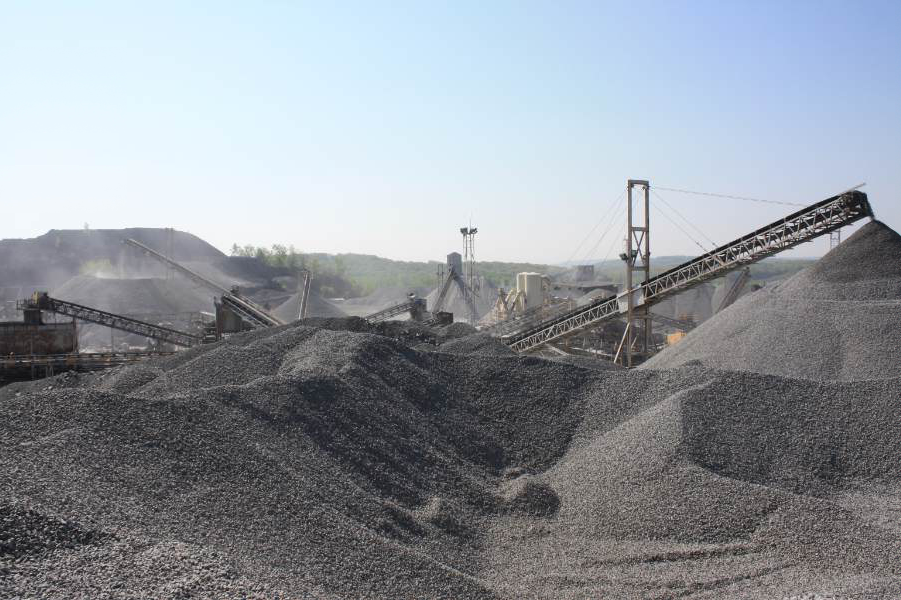
Tilcon employees move blasted and drilled aggregate product to the start of its crushing process and initial crushing piles in the quarry operations in Wharton, New Jersey.
Talk to the Molecule
Dr. John Warner is the founder, president and chief technology officer of Warner Babcock Institute for Green Chemistry, Wilmington, Massachusetts, and has published more than 200 patents, papers and books. He’s a world-renowned green chemist and recipient of the 2014 Perkin Medal in American Industrial Chemistry, and his contribution to the road construction industry starts with basic building blocks: molecules. During his plenary talk at the 2014 Bioneers National Conference in San Rafael, California, he shared how allowing molecules to do what they naturally “intend” to do makes a better, more sustainable product. One outtake from that talk can be found at https://youtu.be/JLrhtMogyyw, and gives the foundation for the concept of allowing the molecule to do what it is able to do without a scientist’s forced intervention.
“There is never a reactive collision in nature,” Warner told the audience. “Nowhere in a living organism do two molecules bang into each other. What happens is they first snuggle up to each other using forces and they assemble together. They line up. Then they react.”
Consider that approach for industry, such as the pavement design process.
“I joke about this and call it molecular psychology,” Warner continued in his talk. He suggested that if he were to create a paint, he could force the molecules to become the paint he wished to make. “But if I put a molecule on a couch and I say to it, what would you like to be, and the molecule looks up at me and says, I’d like to be a paint, that’s going to be a heck of a paint.”
The idea of allowing molecules to do what they are able to do without human forced intervention has given way to the Delta S asphalt rejuvenator from Warner Babcock that its commercialization arm, Collaborative Aggregates LLC, brings to producers. Also from his plenary talk, Warner announced, “Learning from what’s happening from nature with the proteins…we’ve come up with a material that allows us to take up all of the old pavement, process it, and put it back on the road at 50 degrees less temperature than it started with.” The material he alluded to is Delta S.
Dr. Jason “Jay” Bianchini is the vice president of operations at Collaborative Aggregates, and explained that of the categories industry has created for asphalt rejuvenators, Delta S most closely fits into that of a triglyceride; like the scientists who would force reactions, industry may be trying to force Delta S into a pigeon-hole.
“It’s a small-molecule dispersion in a carrier oil, which is a specific, plant-based oil that penetrates the asphalt binder,” Bianchini more clearly defined it. He explained that the carrier oil literally carries the remainder of the product into the existing asphalt binder where the other components of Delta S perform the chemistry of softening and reversing oxidation.
Warner explained fully: “Delta S works by reversing the oxidation through a carrier matrix which solvates aged asphalt to allow the antioxidant properties of the suspended small molecules to react with the oxidized components of the aged binder. That allows their antioxidant properties to reach the damaged elements and ameliorate their effect on the final pavement product.”
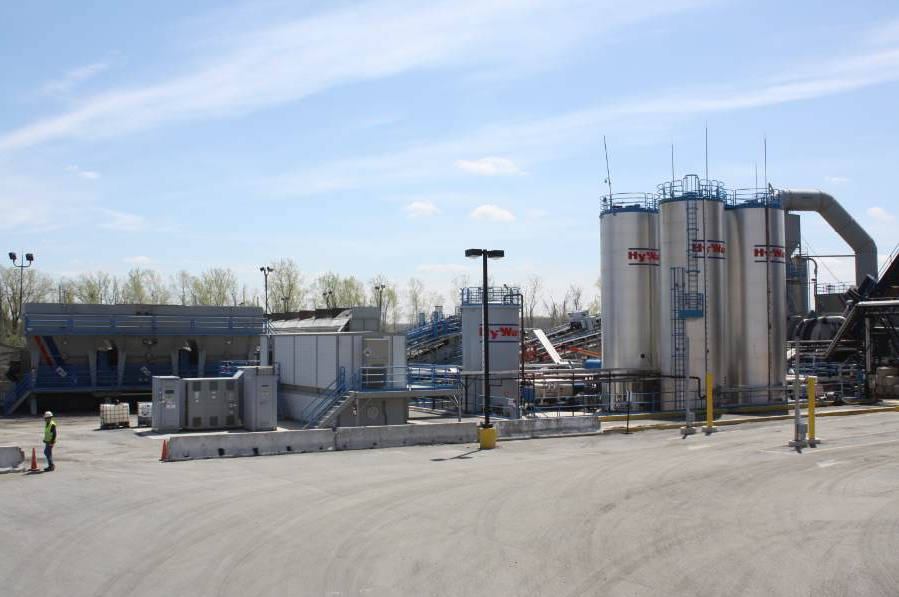
Delta S asphalt rejuvenator is available in 275-gallon, returnable totes or it can be delivered in larger quantities by tanker truck or rail car for storage. It doesn’t need to be agitated before use and can be stored for up to six months alongside other material at the tank farm.
Collaborative Aggregates formally launched Delta S in May of 2015. Afterward, Collaborative Aggregate representatives met with Scott Laudone, the general manager, and Rich Linton, the quality control manager, of Tilcon New Jersey. It was time to help the New Jersey Department of Transportation (NJDOT) meet its desire to blend performance specs with environmentally beneficial RAP use.
Tilcon Goes to Rutgers
“Tilcon New Jersey was already working on New Jersey DOT provisional specification for high RAP content asphalt pavements,” Bianchini explained.
Depending on the agency you’re working with, “high RAP” is subjective, according to Laudone.
Rutgers University CAIT personnel developed the current high RAP asphalt mix design spec on behalf of NJDOT. Originally, those personnel did not advise introducing rejuvenators into mixes, but producers couldn’t meet the state’s performance testing requirements without them.
Laudone discussed the specs: “NJDOT has been moving toward performance-based testing. They’re trying to predict the lifecycle of the road. By having the performance-based testing, they think they’ll have predictability.”
One of the characteristics NJDOT personnel wish to predict for a pavement is its propensity for premature fatigue cracking. When the agency specifies the use of RAP in the pavement design, the behavior characteristic of brittleness tends to seep in. To combat brittleness, companies offer rejuvenators to reverse what time and UV light have done to the binder.
“Companies are selling rejuvenators in liquid, powder or granulated form to rejuvenate the oxidized pavement,” Laudone continued. His goal in using a rejuvenator, no matter its form, is two-fold. “I’m looking to produce a low-cost but high-quality mix.”
Tilcon personnel began with a NJDOT pilot project comprising about 50,000 tons of top course that incorporated a rejuvenator in 2014 and early 2015. When the quality control team saw positive results, Laudone was willing to test Delta S as well. The general manager prefers to have alternative suppliers of key products when possible, and is willing to use Delta S if testing shows it provides superior performance.
“What I committed to was finding a non-agency project using 30 percent RAP,” Laudone said.
When Linton and his quality control group executed the test mix Nov. 4, 2015, they did so with the Gencor Ultraplant™ that began service in 2013 and garnered a National Asphalt Pavement Association (NAPA) Diamond Commendation that same year for environmental excellence. They dosed the 30 percent RAP mix with Delta S in-line with the liquid AC during mix production. Collaborative Aggregates states on its website that the product can be added to a mix via any number of methods:
- Inline blending with the liquid asphalt binder at the asphalt terminal or at the plant
- Applied directly onto products using a spray bar or spray nozzle over the feed conveyor or into the pug mill during production
- Metered directly into the mixing chamber or pug mill
- Blended with liquid asphalt binder at the tank farm (agitation in tanks is not required)
Once Linton’s team had the mix, they took the samples to the Rutgers CAIT, which is one of five national university transportation centers sanctioned and supported by the U.S. Department of Transportation.
“Rutgers supports the use of anything that will enhance the roadway,” Laudone said. “And they support research and the industry. They appreciate the material coming into the lab and we appreciate them working with the samples. We’ve been working with Rutgers for five-plus years in various capacities, making specialty mixes that require performance testing.”
The Tilcon family has a top-notch quality control/quality assurance (QC/QA) team. The Mount Hope facility where the Delta S is being tested boasts a state-of-the-art control lab with five dedicated staff members who are state certified, but tests for performance specs require significant equipment and time. “All Tilcon plants have asphalt labs,” Laudone said. “But they’re not equipped quite as extensively as an asphalt center like Rutgers is.”
A spokesperson for Collaborative Aggregates spoke highly of the five-member Tilcon New Jersey quality control team. “Rich Linton and his QC techs are a pleasure to work with introducing the Delta S rejuvenator for high RAP content asphalt mixes. They are cooperative executing our recommendations for Delta S use at the Mount Hope plant. They are very committed to safety, and diligent about following sampling protocols for the mixes going to Rutgers for performance testing. When you add that Rich is charged with qualifying new technologies to improve NJ mix quality and profitability in addition to his QC accountabilities, this makes for a very professional atmosphere. As a start-up business launching a specialty chemical product, we have the best of business circumstances working with the Tilcon NJ people.”
Rutgers isn’t the only facility where Warner Babcock is testing its new product. Texas and Alabama DOTs have rejuvenators in mix designs represented on the current National Center Asphalt Technology (NCAT) Test Track in Auburn, Alabama, and Section N7 features Delta S. Bianchini provided: “Delta S was used in section N7. Our mix design used 20 percent RAP with an upper fail temperature of 110oC, and 5 percent RAS with an upper fail temperature of 198oC. The reason I added the upper fail temperatures of these binders is because they are incredibly high. The upper fail temperature RAS was so high, the Dynamic Shear Rheometer couldn’t make it to that temperature, so they had to extrapolate the final fail temperature. Delta S was dosed at 10 percent to the recycled binder. Delta S can be used as a warm mix additive in low doses or rejuvenator in higher doses. For NCAT, we used it as a rejuvenator and the mix design was made at a standard mixing temperature of about 325oF.”
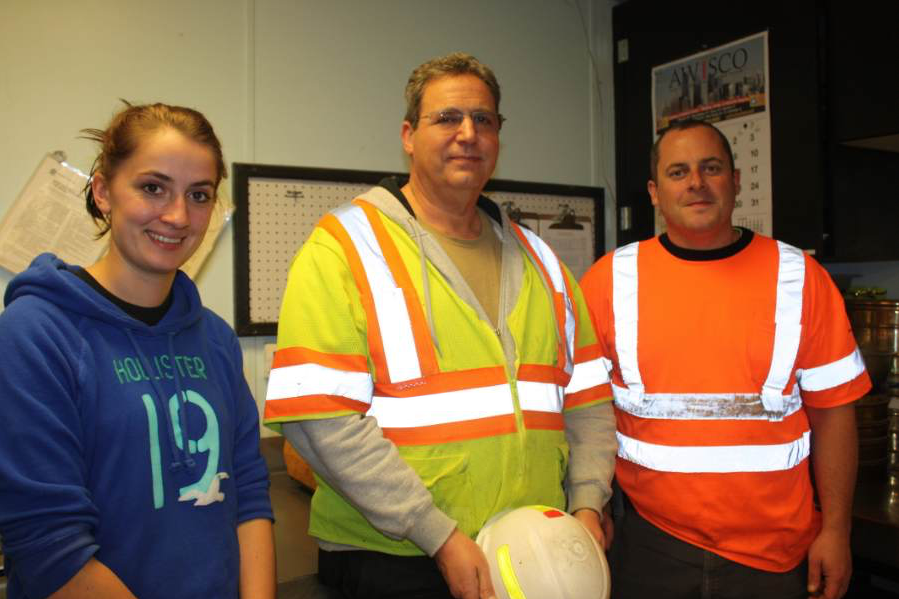
Controlling mix quality at Tilcon New Jersey is serious business. From left: Aleksandra Rogozinski is the QC/Asphalt Operations Specialist; Rich Linton is the QC Manager; and Pete Truncale is the Asphalt/Aggregate Technologist.
Soften Results For Best Performance
For the use of high percentages of RAP, the minds at Warner Babcock saw the opportunity to enhance an already environmentally positive practice. Delta S is the natural solution they devised after reviewing successes with natural solutions in other industries. The rejuvenator is designed to allow its molecules to perform as they “intend” to for the benefit of the recycled asphalt mix process. It is designed to restore, as all rejuvenators are supposed to do.
“Simply put, rejuvenators soften the RAP liquid content,” Laudone said. “The RAP AC is harder than virgin, new AC. With a softened AC, you’re able to use more of the binder. Thus more of the RAP AC is mixing with the aggregate.”
More adhesion equals a better mix, which is the goal each time Tilcon New Jersey fires up their 600 TPH Mount Hope plant. By making a better mix that meets stringent performance specs, the QC/QA team prepares the paving crew for better results. Starting with the rejuvenator that softens and restores has a trickle-down effect for best performance of mix designs all the way to the finished mat. Collaborative Aggregates continues to work with Tilcon New Jersey to stock the tanks with the product that makes their best performance easier to achieve.
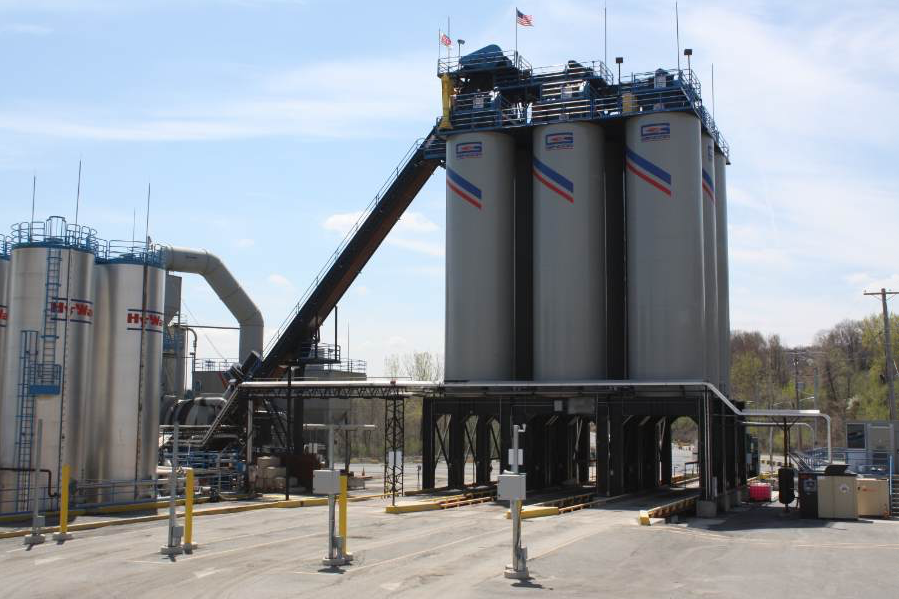
Delta S can be blended with liquid asphalt binder at the tank farm. Tilcon New Jersey adds the product to its mixes in-line during production.
*****
Course Determines Percentage
At this time, the NJDOT definition of high RAP mixes for surface courses is to include a minimum of 20 percent RAP, and intermediate or base courses is to include a minimum of 30 percent RAP. Both the surface course and the intermediate/base course designs may also include mineral filler, asphalt rejuvenator and warm-mix asphalt (WMA) additives or processes as specified in the NJDOT 902.01.05 spec. For intermediate and base courses, the mix may also include up to 10 percent of additional recycled materials, which can be a combination of RAP, crushed recycled container glass (CRCG), ground bituminous shingle material (GBSM), and RPCSA.
